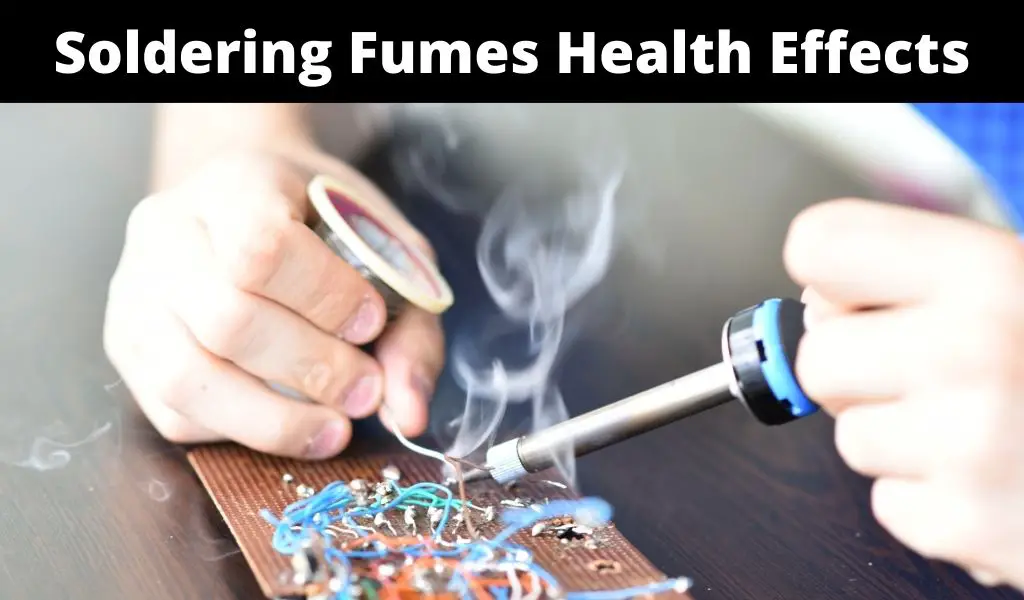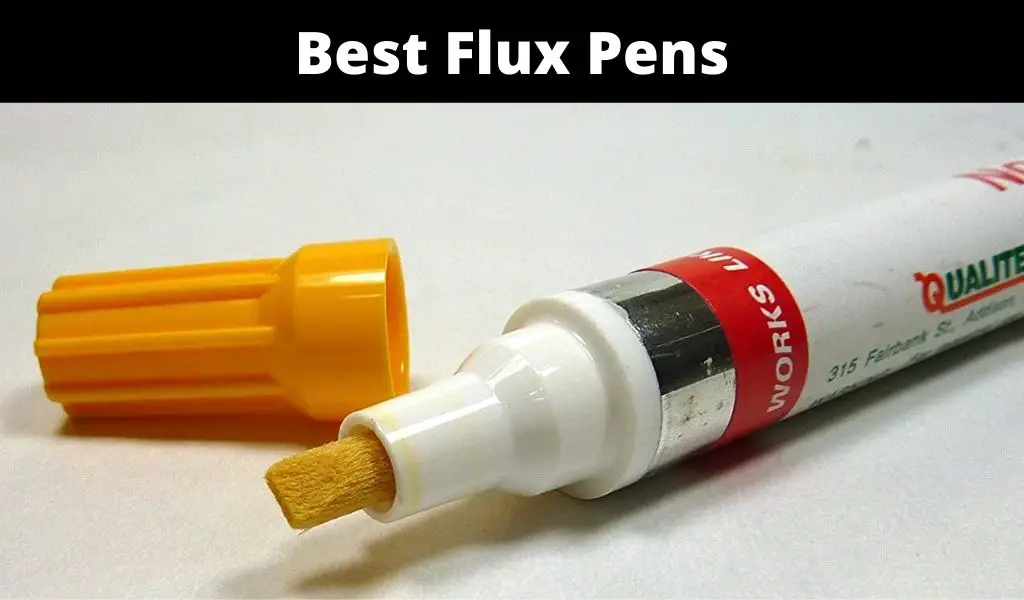Soldering entails heating two electronic parts and placing solder on the heated surfaces to melt it and create a joint. The heating necessarily produces fumes which are released to the air and possibly inhaled by the person doing the job. It goes without saying that the fumes do not have a neutral reaction with the air, some form of intoxication is created.
Governments and institutions are conscious about soldering fumes health effects and have put in place safety standards and guidelines to promote the protection of people who perform soldering jobs. In the US, for example, the Occupational Safety and Health Administration (OSHA) provides safety standards and guidelines on jobs that involve some form of metal heating, and the directives on welding apply for soldering.
Why soldering fumes are a health hazard
Soldering involves melting solder, metal wire with a lower boiling point than the electronic parts it connects. Generally, there are two types of solder: lead-based and lead-free solder. Lead-based solder is 60Sn/40Pb implying 60% tin and 40% lead. Lead-free solders are made from copper, tin, bismuth, silver, zinc, indium, among other metals.
Those who do soldering consider lead-free solder to be less effective because it has a higher boiling point and has poor bonding power. But both lead-based and lead-free solder cause health risks to the person who works at soldering and inhales the fumes.
Health risks from lead-based solder
When heated, lead forms lead oxide fumes. Lead is absorbed into the bloodstream through the mucous membranes of the skin, the lungs, and the stomach. For those consistently involved in soldering jobs, continuous exposure to lead oxide causes lead poisoning which can cause several health-threatening conditions and risks. These include an uncomfortable metallic taste in the mouth, nausea and vomiting, abdominal cramps, loss of appetite, indigestion and constipation, nervousness, and insomnia.
These symptoms may gradually turn to more serious health conditions such as a general feeling of weakness in the muscles and anemia. Generally, it is thought that consistent exposure to lead oxide has adverse health effects on the reproductive system, the muscles, the kidneys, the respiratory system, the circulatory system, the brain, and the entire central nervous system.
Health risks from lead-free solder
There are two key reasons lead-free solder has health risks for the person who inhales soldering fumes. The first is that most lead-free solder uses a fluxing agent made from rosin. Rosin-based flux is used to remove oxidation from the base, filler metals and improve the effectiveness of solder. The basic material in rosin-based flux is pine tree sap. Fumes from the pine sap are a health hazard when inhaled. In fact, it is thought that pine fumes cause adverse health conditions and risks faster than lead oxide fumes.
The second reason why lead-free solder is a health hazard is explained by its rate of effectiveness when used in soldering tasks. While lead solder has a boiling point around 300-400, most lead-free solder boils at temperatures which are 3 or 4 times higher. This implies that larger amounts of fumes are produced, causing immediate reactions and intoxication symptoms. It is thought that the colophony fumes from rosin-based soldiers are responsible for asthmatic conditions resulting from soldering and other metal heating jobs.
In fact, studies have ranked solder fumes among the top 8 causes of occupational asthma (asthma resulting from work-related causes). Occupational asthma comes with symptoms that include shortness of breath, wheezing, coughing, and chest pain. Apart from asthma, rosin-based solder is responsible for other health risks including irritation of the sinus, eyes, and throat, headache and dizziness as well as skin allergies and eventual dermatitis. With time chronic bronchitis and general chemical hypersensitivity may develop.
In sum, soldering fumes, whether from lead-based or lead-free solder expose the person working on soldering to several health risks that are responsible for other spillover effects such as employee absence from work, employee turnover, and damage-related litigations.
Possible protective measures from soldering fumes
If you work daily at soldering, it is important to be aware that there are employee safety standards and guidelines that oblige the employer to create favorable working conditions that mitigate on soldering fumes health effects. Besides this, however, local exhaust ventilation options can be used to shield the worker from continuously inhaling solder fumes in large amounts. Here are two examples of local exhaust ventilation options.
Using an on-tip solder fume extraction
This is a tool that consists of an extract nozzle which is mounted onto the soldering iron to suck soldering fumes. The system has an in-built fan and filtering device. Because it extracts most of the fumes, on-tip solder fume extraction system is fit for large-scale consistent soldering. Besides, it can be permanently mounted on a trolley to allow easier portability.
Fume dispenser
A fume dispenser is also referred to as an air displacement unit or black box. It is a small boxed and portable fan or filter which is mounted on the soldering bench to dispense solder fumes. Compared to on-tip solder fume extraction, the fume dispenser is less effective because it does not absorb most of the fumes emitted by soldering. Besides, the tool dispenses solder fumes from the immediate soldering space to release it to the surrounding air. However, it is less expensive and easily portable and would be fit for low volume soldering jobs.
An overall protective measure: Proper air management
It is common knowledge that any soldering job comes with the emission of fumes to the surrounding environment. It is also true that the person performing the soldering task has immediate exposure to these fumes and so to the resulting soldering fumes health effects. In consideration of these facts, the use of fume extraction systems is vital in industries where soldering is a major exercise of the production process. Putting these systems in place is a conscious move to complying with set safety standards and guidelines, but most especially a health-promoting measure.
Whether you are working in an industry with consistent soldering jobs or at sporadic soldering tasks, proper air management minimizes exposure and inhalation of the fumes which is paramount in preempting the associated health risks.






